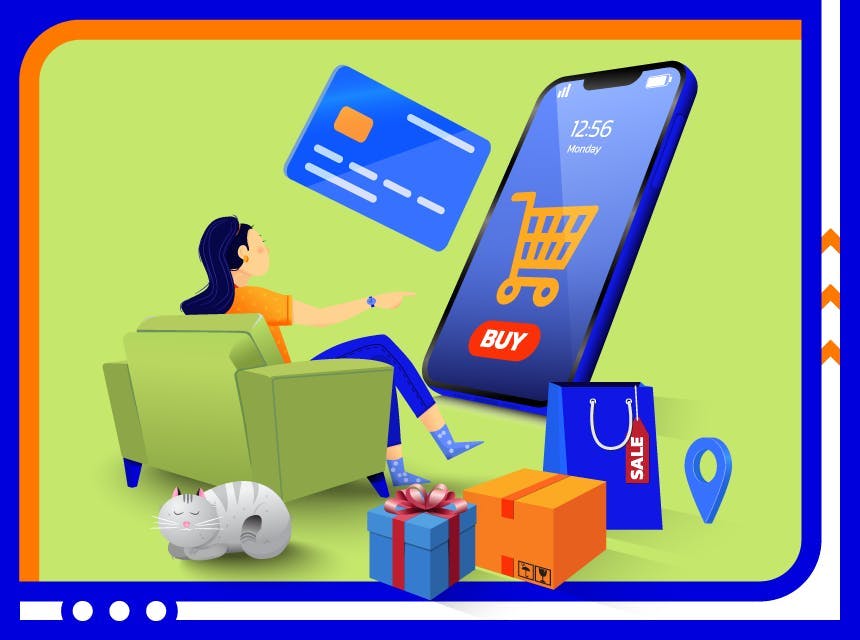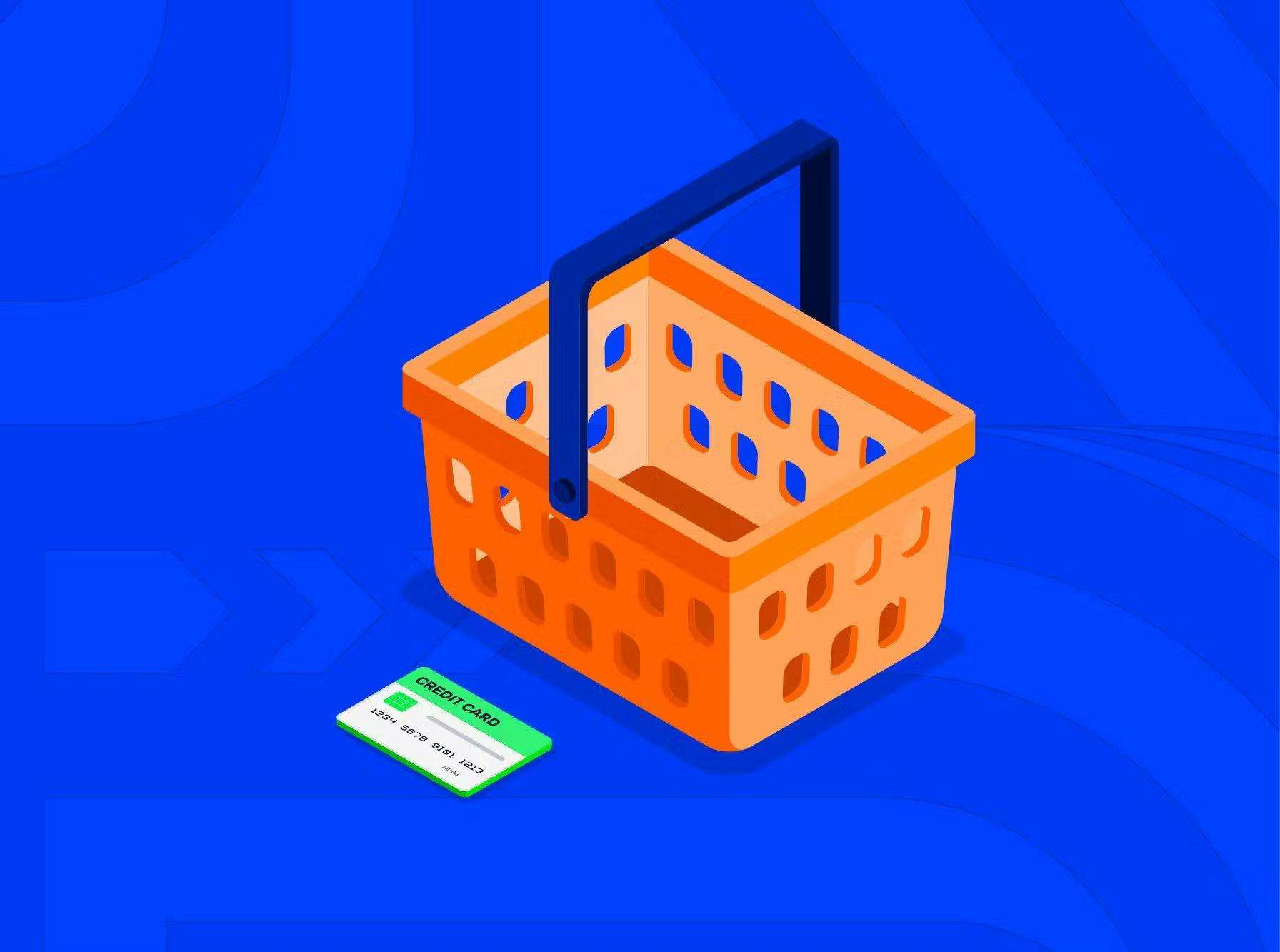More and more websites are mobile-friendly these days, and that’s for a good reason. Smart devices produce more than 50% of total website traffic. Users choose their phones and tablets over desktop computers more often than not. And business owners can’t turn a blind eye to that fact.
But having a mobile-friendly website doesn’t automatically make your business ready for m-commerce. Launching a mobile version of your existing site is just a drop in the bucket. There is so much room for improvement to create a welcoming space where your clients can expect an A-class shopping experience.
Get an eyeful at our tips that will help you boost your mobile performance tremendously. Sure thing, feel free to adjust them to your business as you see fit.
- Run speed tests. Make avail of WebPageTest or Google’s tools Test My Site and PageSpeed Insights. And remember that you have about 5 seconds to engage users before they bid farewell to your website.
- Get rid of long reads. Unless you’re a writer and long articles are what you get paid for, keep your text block as short as possible.
- Don’t go over the top with advertising. A smartphone screen is already small. Don’t make it even more difficult for your customers to navigate the website by blocking the whole page with pop-up ads. Disable them for the mobile version of your site.
- Make sure your customers can pay in a couple of clicks. To have that kind of assurance, sign up for Tranzzo. We offer various payment options, including recurring billing, internet banking, Apple Pay, Google Pay, card payments, to name but a few. Besides, Tranzzo accepts and processes transactions according to the highest security standard – PCI DSS lev. 1. Smart cascading allows us to complete any transactions no matter the payment system errors or any other hindrances. And please, don’t take our word for it. Create your first checkout and see for yourself. For more information contact us.
The m-commerce era is already here, and it’s critical. Every minute you aren’t on the mobile scene, you’re leaving thousands of dollars on the table. Hope you’ll find this material helpful to get the ball rolling on your m-commerce project.
If you’d love to learn more about mobile friendliness and how to optimise your business to smart devices, head over to this article. It’s a step-by-step guide that can become your silver bullet to shoot for the sky.



 Most Popular Payment Methods in the World: Analysis by Markets
Most Popular Payment Methods in the World: Analysis by Markets How to Increase Conversions in an Online Store with a Checkout Page
How to Increase Conversions in an Online Store with a Checkout Page How Tranzzo Simplified the Payment Process for Tickets.ua
How Tranzzo Simplified the Payment Process for Tickets.ua Integrating Multiple Payment Methods: Challenges and Solutions
Integrating Multiple Payment Methods: Challenges and Solutions Abandoned Shopping Carts: Why Businesses Lose Revenue and How to Increase the Number of Successful Payments
Abandoned Shopping Carts: Why Businesses Lose Revenue and How to Increase the Number of Successful Payments

